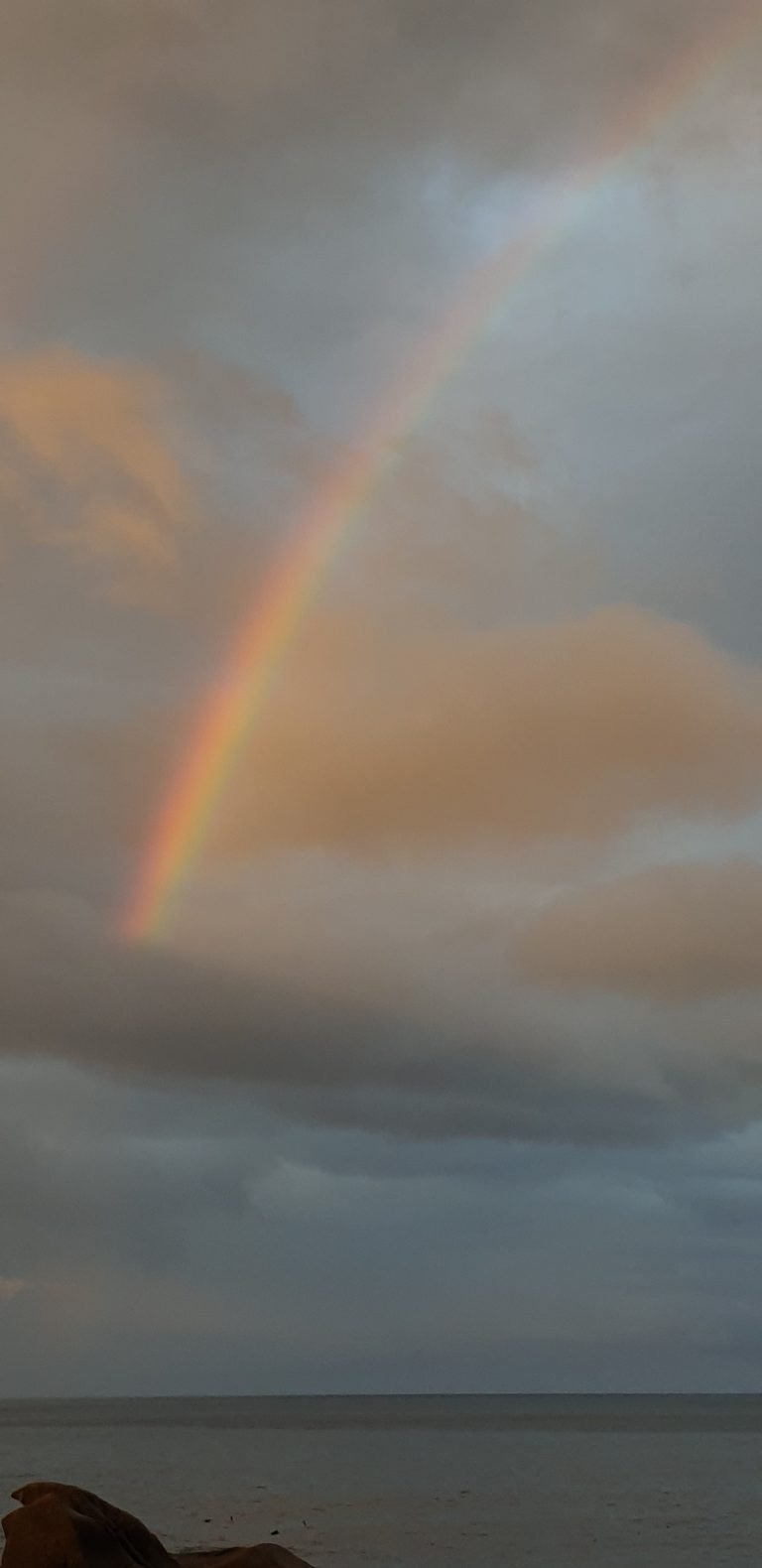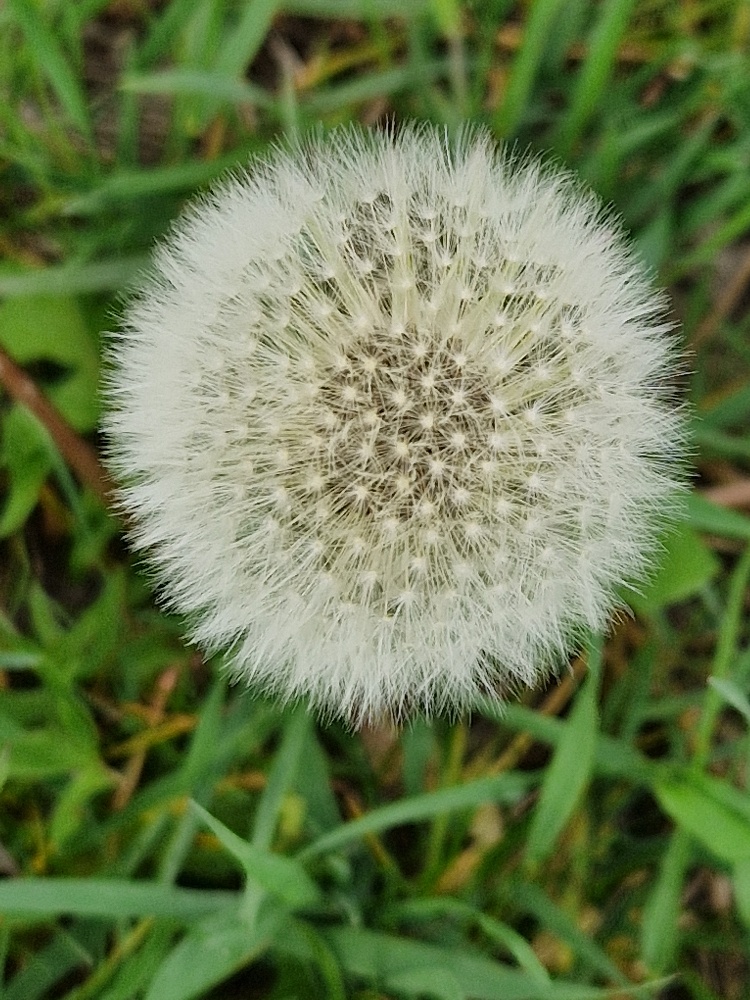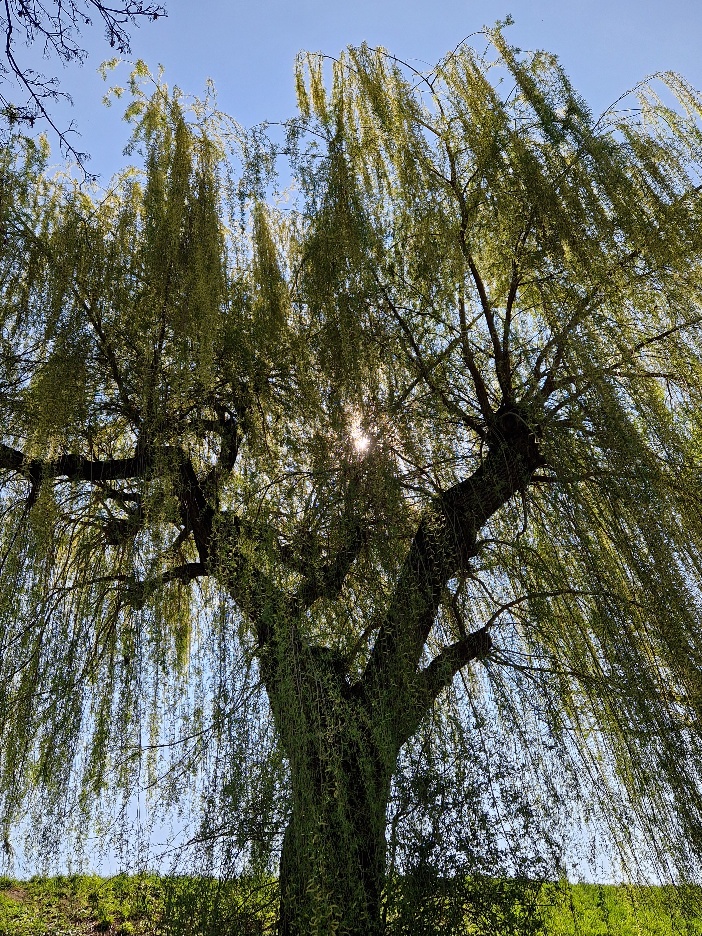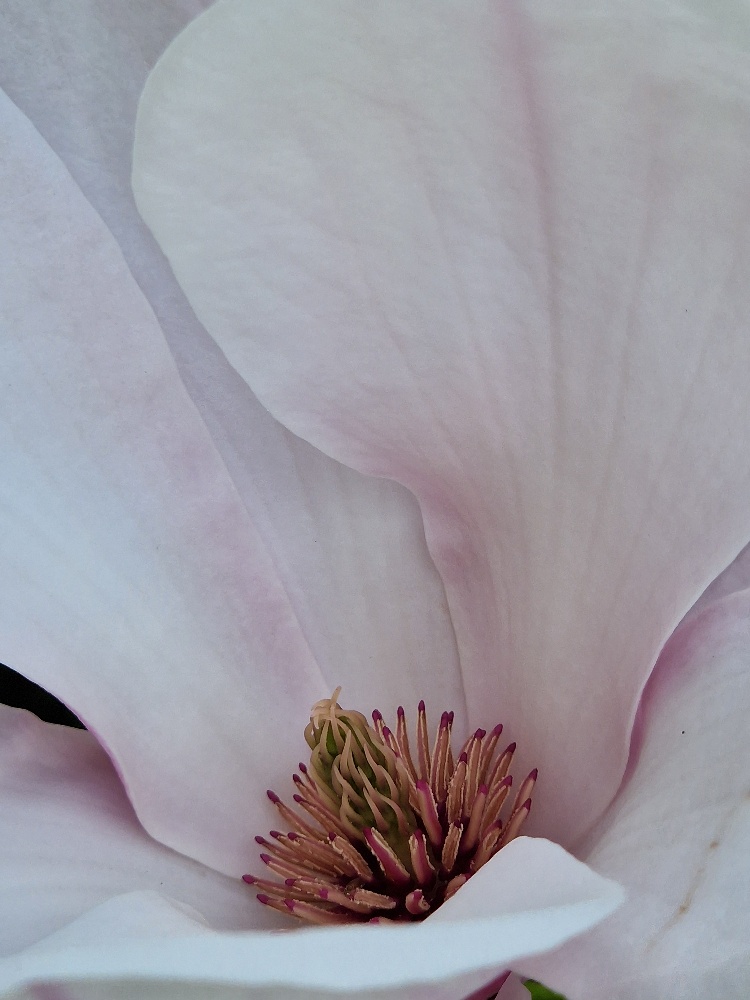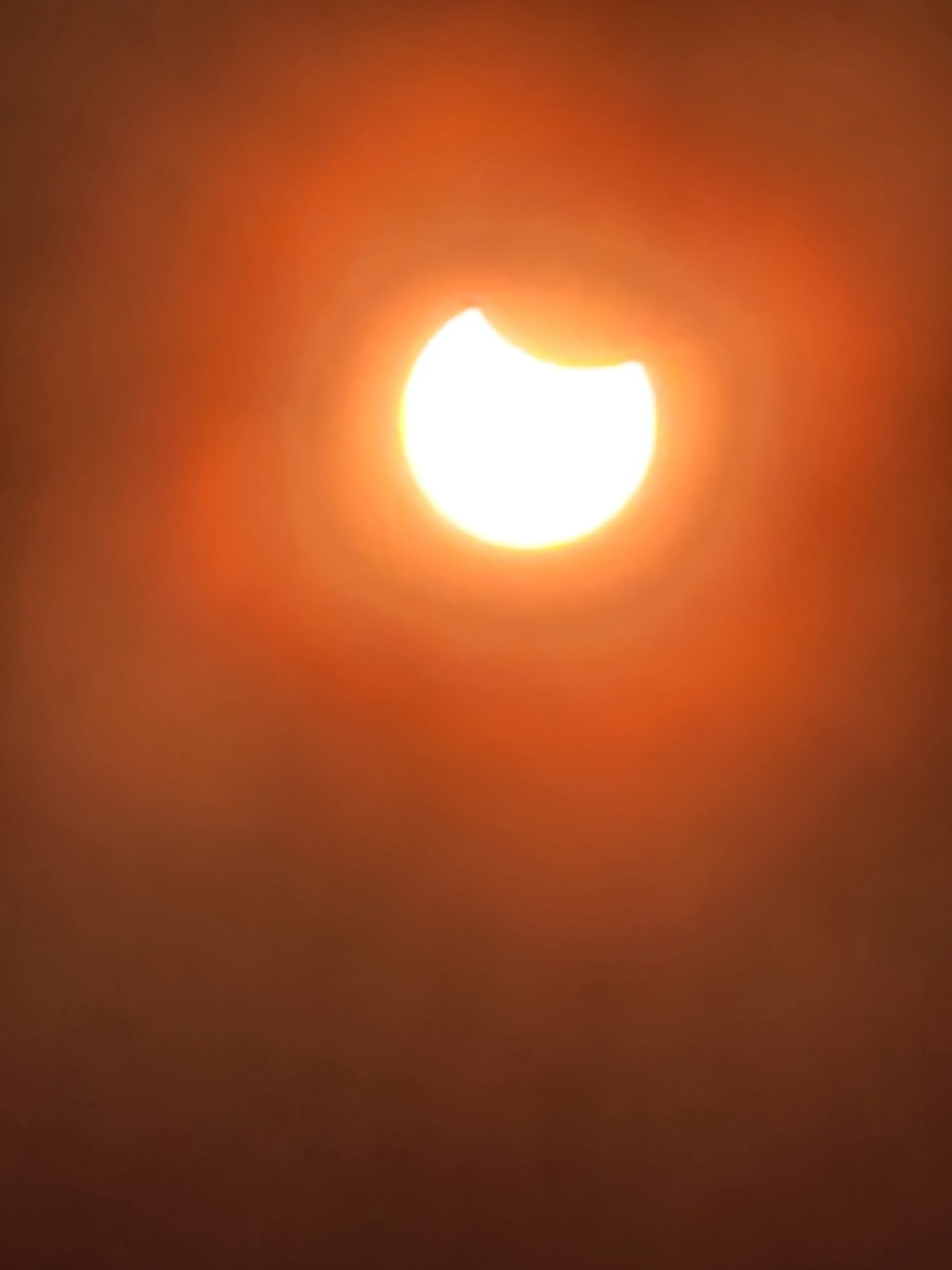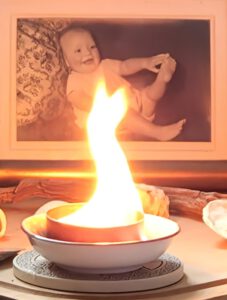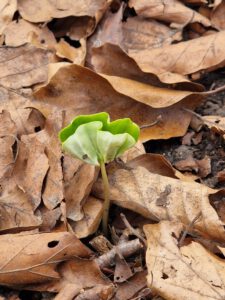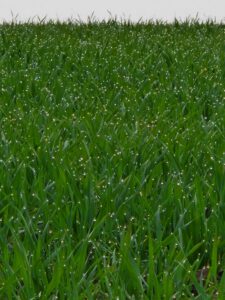Physician, heal thyself: then wilt thou also heal thy patient. Let it be his best cure to see with his eyes him who maketh himself whole.
Friedrich Nietzsche; `Thus Spoke Zarathustra´
The term `wounded healer´ has its origins in the mythology of ancient Greece. According to the earliest accounts, Asclepios was the estranged son of the God Apollo and a mortal woman named Coronis. When she displayed infidelity by sleeping with a mortal named Ischys, Apollo came to know this with his prophetic powers and killed Ischys. Coronis was killed by Artemis for being unfaithful to Apollo and was laid out on a funeral pyre to be consumed, but Apollo, recognising that she was pregnant with their child, rescued the child by cutting him from Coronis‘ womb.
Asclepios, who was raised by Chiron the centaur, came to be known as the God of Healing and of Physicians, and there were many Asclepian healing temples throughout Greece, from the fifth century BC onwards, in the dawn of our modern western civilisation. Pilgrims would come to these temples to sleep, dream, and receive guidance, vision, and blessing. The rod of Asclepius, a snake-entwined staff, remains a symbol of medicine even today.
Chiron, who raised Asclepios, had his own burdens to bear. Soon after giving birth to him, his mother Philyra abandoned her child out of shame and disgust. Chiron, thus orphaned, was later found by the god Apollo, who took him under his wing and taught him the arts of music, archery, medicine and prophecy. Chiron’s uniquely peaceful character, kindness, and intelligence are attributed to Apollo and his sister Artemis.
We can clearly see that both Asclepios and Chiron were wounded. In the brief insights recounted above, we can see many of the ingredients of a very challenging start to life. These include shame, guilt, apathy, grief, fear, desire, anger, and pride; the lower levels of consciousness as laid out by David Hawkins in his `map of consciousness´. They both suffered loss, neglect, and the pain of yearning for, and not receiving the security and emotional warmth that every child needs. Nevertheless, by way of their wounding, they both came to be skilful and effective healers.
How does such a shift come about? The key is to identify, admit to, embrace and work through the wounds, as they present themselves. In my experience recovering from alcoholism, these are the things I have been learning on my journey into, through and back out of the darkness of deep woundedness.
The work of carrying the message of recovery, the primary purpose of the twelve step recovery movement, can be seen as a modern Asclepian temple. The basic idea underlying the archetype as practiced in these fellowships, is that it is through admitting, embracing and tending to our wounds, we are able to get sober, live fully, get to know ourselves at the deepest levels, and connect with others and with life in a way that is authentic, creative and useful.
By accepting the bankruptcy of a life lived in active addiction, and being willing to go to any lengths to grasp and develop a new way of living, – a way of life characterised by being `a part of´ rather than `apart from´, we become able to connect with healing vectors in the psyche which allow us to be a vessel for healing in the world. This presupposes that we tune into and embrace our own wounds.
In its more distinct manifestation we can see this dynamic play out in the one-to-one relationship between sponsor and protégée. Those new to the life of recovery are encouraged to select a person who is already in recovery, living the kind of life the newcomer would like to emulate. It is important that this is completely voluntary and with no strings attached. No money changes hands, there are no axes to grind, no duress or punishment involved. The relationship may be discontinued by either party at any time. What the protégées often fail to realise initially is that the sponsor benefits at least as much from the exchange as they do. The reality of this beautiful paradox is captured in the saying: `In order to keep it (sobriety), we have to give it away´.
In fact, it is precisely through such a relationship that AA had its beginnings over eighty years ago in Akron, Ohio, when Bill Wilson, dry but a matter of months, sought an alternative to returning to the bar, which he know would not end well, by picking up a telephone book in search of another alcoholic to help. In this manner he came to meet Dr. Bob Smith, who was still drinking and had given up any real hope of regaining sanity. On hearing of the enquiry of the stranger, he reluctantly agreed to meet him the following day, deciding in his mind to give him fifteen minutes just to be subsequently left in peace by his nagging wife. As it happened, he was terribly hung over that day. When the two men met, they retired to a private room, emerging over eight hours later in possession of a wonderful gift they had stumbled upon in their longer-than-expected conversation; the realisation that one wounded, recovering person was uniquely positioned to be of true assistance to the next. Thus began a movement which today helps millions of people around the world recover from various forms of addiction, with their attendant physical, mental, and spiritual afflictions.
Regardless of whether we suffer from addiction, identify as a `healer’ or work professionally in that capacity, we are all in relationship with this archetype, as we each carry a wound that is mysteriously related to a unique longing within us to create, to feel alive, and to love and be loved. This is the mark of the human condition.
In the current global environment, many of us are yearning to spend our time and energy in ways that are nourishing and meaningful. While we don’t know exactly where we’re headed, we can slow down and prepare for what is coming next by deepening our wisdom and compassion, for ourselves and for others. I like the moto: `Don’t speculate – meditate.´
By turning toward the soul, the heart, and the Self, and attuning to our inner intelligence and guidance, we can discover and commit to our unique path of transformation and healing, deepening our experience of intimacy, connection, creativity, and vibrancy. Having crossed the threshold from `no´ to `yes´ to a fully-lived life (the state of `courage´ in David Hawkins’ map of consciousness) we grow and expand through the higher frequencies of courage, neutrality, willingness, acceptance, reason, love, and joy, towards peace and enlightenment.
Whether or not we identify as `healers,´ each of us is called in our own way toward a life of wholeness, purpose, and meaning, and we each have our own hurt, pain, grief, and wounding to tend to. As such, we are each intimately connected with the archetype and myth of the wounded healer.
We live wholeness when we re-member our story and, through it, experience a deeper sense of being part of a greater whole. We live wholeness when we know we belong—to people, to a place, to a family, a community and tribe, to earth, to God (however imagined or named), and to the cosmos.
We are now in the world, but no longer of it. We know that what we already have is enough; that all we need is to be grateful for and resourceful with it.

